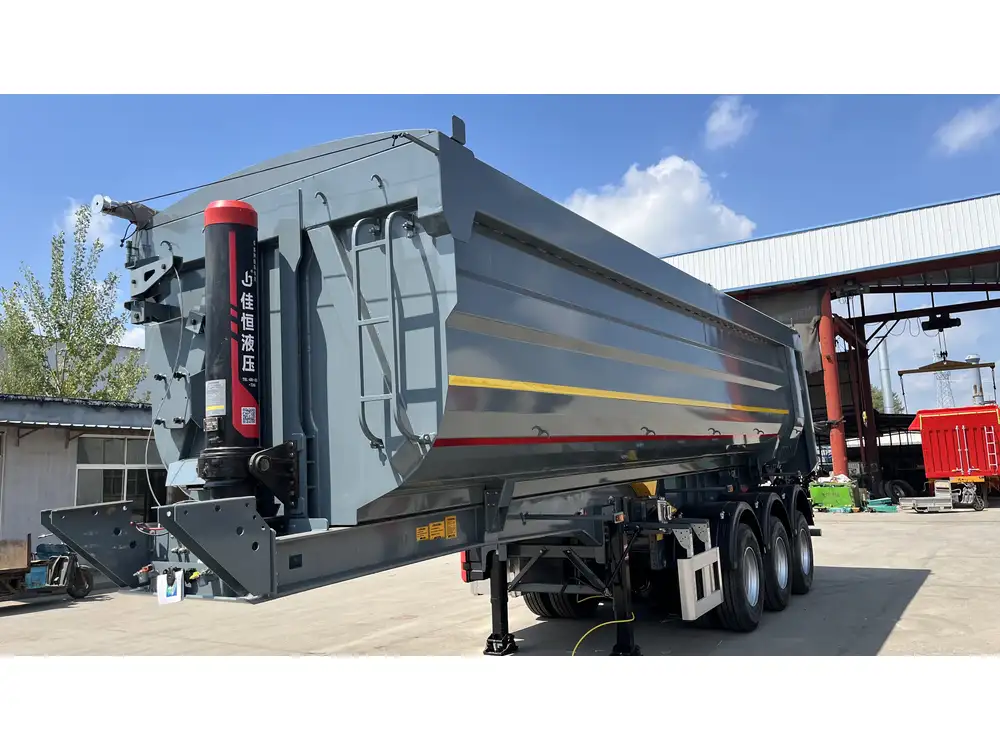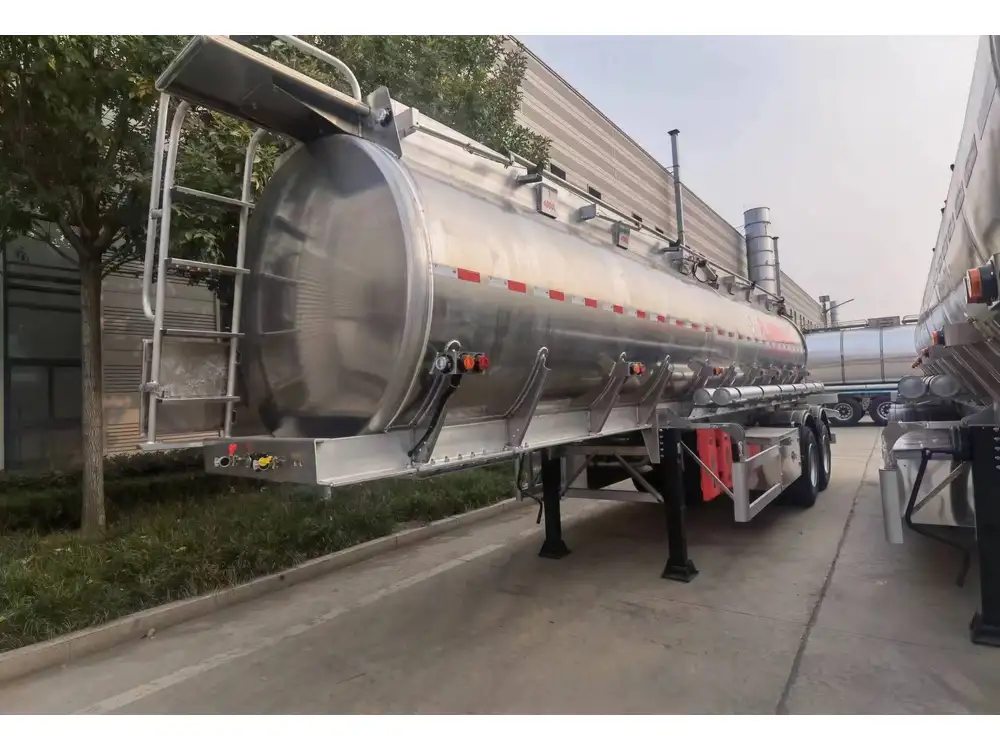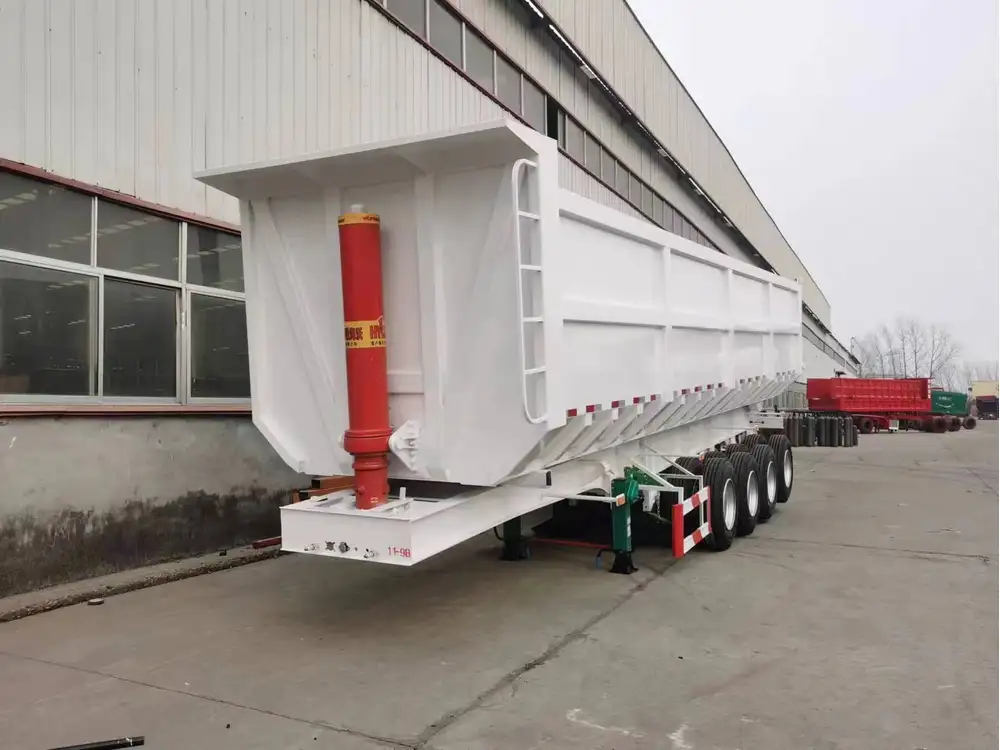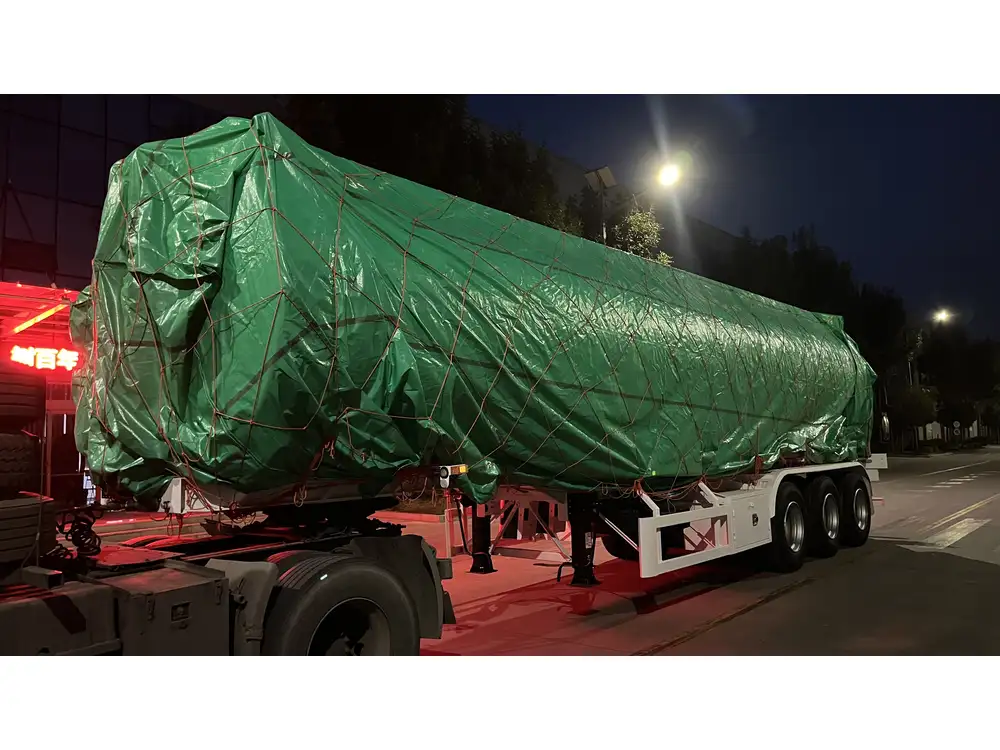When considering the vast dimensions of a semi-trailer, one might wonder about the fascinating question: how many baseballs can fit inside a typical semi-trailer? This question not only invites curiosity but also opens up avenues for exploring logistics and storage capacity in a captivating manner. With our expertise in the semi-trailer manufacturing industry, we will break down this inquiry into a comprehensive analysis, allowing us to appreciate the immense space these vehicles offer.
Understanding the Dimensions of a Standard Semi-Trailer
To begin with, let’s dissect the specifications of a standard semi-trailer.
| Dimension | Measurement (in feet) | Measurement (in meters) |
|---|---|---|
| Length | 53 | 16.15 |
| Width | 8.5 | 2.6 |
| Height (interior) | 8.5 | 2.6 |
| Volume | 3,800 cubic feet | 107 cubic meters |
The Volume Calculation
From these dimensions, we can calculate the interior volume of the semi-trailer, assuming there are no significant obstructions. The formula for the volume ( V ) of a rectangular prism is:
[ V = \text{Length} \times \text{Width} \times \text{Height} ]Substituting the dimensions gives:
[ V = 53 \, \text{ft} \times 8.5 \, \text{ft} \times 8.5 \, \text{ft} = 3,800 \, \text{cubic feet} ]With 1 cubic foot being equal to 1,728 cubic inches, we convert the semi-trailer’s volume into cubic inches:
[ 3,800 \, \text{cubic feet} = 3,800 \times 1,728 = 6,558,400 \, \text{cubic inches} ]
The Dimensions of a Baseball
Next, we must comprehend the size of a standard baseball to truly understand how many we can fit inside the semi-trailer. A regulation baseball typically has the following measurements:
| Dimension | Measurement |
|---|---|
| Diameter | 9 inches (22.86 cm) |
| Circumference | 9.25 inches (23.50 cm) |
| Volume | Approximately 2.7 cubic inches (44 cm³) |
Volume Calculation of a Baseball
Using the mathematical formula for the volume of a sphere ( V ):
[ V = \frac{4}{3} \pi r^3 ]Given that the radius ( r ) is half of the diameter, for a baseball:
[ r = \frac{9}{2} = 4.5 \, \text{inches} ]Calculating the volume yields:
[ V = \frac{4}{3} \pi (4.5)^3 \approx 381.70 \, \text{cubic inches} ]Determining the Maximum Capacity of Baseballs in a Semi-Trailer
To figure out how many baseballs can fit into the interior volume of a semi-trailer, we divide the truck’s volume by the volume of a single baseball.
Calculating the maximum:
[ \text{Number of Baseballs} = \frac{6,558,400 \, \text{cubic inches}}{2.7 \, \text{cubic inches}} \approx 2,429,629 ]Thus, a theoretical maximum of approximately 2.43 million baseballs can fit inside a standard semi-trailer, assuming optimal and efficient packing without any wasted space.

Factors That Influence Packing Density
Packing Techniques
In reality, however, this figure appears overly optimistic. The packing density must be considered, as baseballs will occupy a three-dimensional space that adds complexity to their arrangement. The most efficient packing of spheres—which can be likened to a triangular lattice packing—achieves a density of approximately 74%.
With this in mind, we can refine our calculation:
[ \text{Effective Number of Baseballs} = 2,429,629 \times 0.74 \approx 1,797,531 ]Space Consideration
Furthermore, irregularities within the semi-trailer, such as wheel wells, or variations in trailer design can impact how well baseballs are stacked or stored. A more realistic estimate might also consider the inefficiencies in packing, suggesting that only about 1.8 million baseballs could realistically fit.

Comparing Semi-Trailers by Size
To further contextualize our findings, here’s a comparative table of different trailer sizes and their capacities in baseball storage.
| Trailer Type | Length (ft) | Volume (cu ft) | Theoretical Max Baseballs | Estimated Actual Baseballs (74% Density) |
|---|---|---|---|---|
| Standard Semi-Trailer | 53 | 3,800 | 2,429,629 | 1,797,531 |
| 48-Foot Trailer | 48 | 3,200 | 1,568,088 | 1,161,487 |
| 40-Foot Trailer | 40 | 2,300 | 1,263,063 | 933,971 |
| Double Drop Trailer | 48 | 3,400 | 1,722,086 | 1,272,774 |
This table illustrates how different configurations of trailers provide various capacities, thus impacting the transported goods’ quantity.
Practical Applications and User Considerations
Logistics Management
Understanding these specifications is crucial for logistics management. Businesses transporting baseballs or any spherical objects can benefit from optimizing their shipment strategies based on packing efficiencies, guiding their choice of trailer type, and purchasing strategies.

Inventory and Stock Management
For manufacturers and suppliers of baseballs, this information can inform inventory management. For instance, knowing how many baseballs can fit allows for efficient categorization and delivery scheduling, maximizing the use of space in transport.
Conclusion: The Marvel of Space Utilization
The whimsical notion of how many baseballs can fit in a semi-trailer spans beyond mere curiosity, unveiling critical insights into the practical utilization of space. With approximately 1.8 million baseballs fitting into a standard semi-trailer as the practical figure, this inquiry showcases the incredible advances in logistics and storage solutions.
In summary, ensuring optimal packing density and understanding the nuances of various trailer types can empower manufacturers and distributors alike to streamline their processes, maximize efficiency, and increase their bottom line. Whether you’re engaging in exciting shipping queries or navigating the complexities of supply chain logistics, the interplay of space, dimension, and strategic planning remains a pivotal element of modern shipping industry success.



